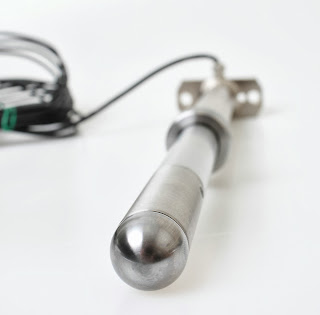“We are seeing a trend in hockey equipment today that focuses on equipment being lightweight,” explains Olivier Jajko, Product Engineer at Warrior Sports, a leading global sporting goods manufacturer. “What customers may not know is that in order to reduce the overall weight of the equipment, some manufacturers are reducing the amount of material used."
In addition to following this trend of product development, Warrior Sports is also maximizing product safety. They recently developed a two-way protective padding – SmartCap – which is the first of its kind. The patent-pending padding not only protects the players from bumps and hits during a game, but also protects the opponent during contact. This type of innovative design is helping to make hockey a safer sport without entirely changing the nature of the game. Read more




